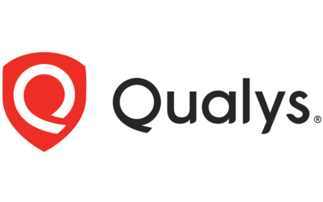Firms thinking of moving to a managed Secure Sockets Layer (SSL) virtual private network (VPN) system got more options last week when Juniper announced its Secure Access (SA) 6000 SP appliance to help service providers deliver managed SSL VPN services.
Juniper’s Anton Grashion said, “This could also fit very large enterprises that have a significant number of distributed acquisitions. Service providers could put this kit in their customers’ premi...
To continue reading this article...
Join Computing
- Unlimited access to real-time news, analysis and opinion from the technology industry
- Receive important and breaking news in our daily newsletter
- Be the first to hear about our events and awards programmes
- Join live member only interviews with IT leaders at the ‘IT Lounge’; your chance to ask your burning tech questions and have them answered
- Access to the Computing Delta hub providing market intelligence and research
- Receive our members-only newsletter with exclusive opinion pieces from senior IT Leaders



















